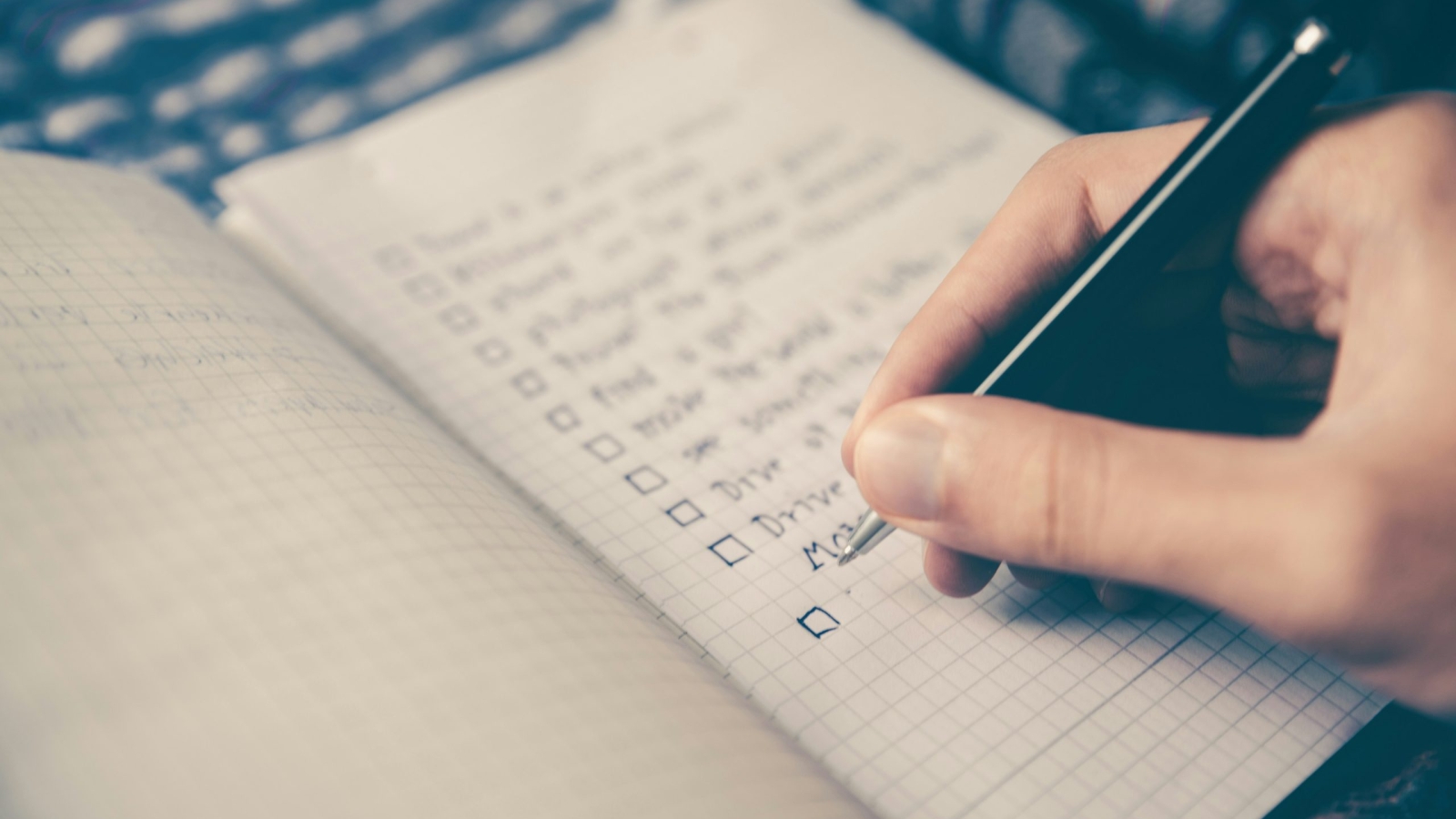Field trips offer an invaluable opportunity to take learning outside the classroom, helping students absorb information in hands-on and engaging ways. However, to make the most of a field trip’s educational potential, some thoughtful planning and structure are essential. Here are 10 tips to help teachers maximize learning during school trips, from pre-trip planning to post-trip reflection activities.
1. Set Clear Learning Goals
Begin by defining clear learning objectives. Whether the trip involves historical insights at a museum or ecological exploration in a nature reserve, setting a focus helps students understand the purpose of the trip and encourages them to engage with specific themes. Sharing these goals beforehand aligns expectations and keeps everyone on track.
2. Plan Pre-Trip Activities
Introduce students to key concepts and background information about the trip location to spark interest and enhance their experience. Show a video, share related articles, or hold a class discussion to build excitement and curiosity. This preparation makes the trip more meaningful by giving students a framework to build on during the experience.
3. Prepare a Trip Itinerary and Review It with Students
A well-organized itinerary can make a field trip smoother and more effective. Outline the trip’s schedule, locations, and expected activities, then share it with your students in advance. Knowing what to expect reduces anxiety and helps them mentally prepare for the day, keeping their focus on learning.
4. Use Guiding Questions and Tasks
Provide students with questions or tasks related to the trip, like finding specific information, observing details, or engaging in a scavenger hunt. These assignments encourage active participation and give students a purposeful approach to their exploration.
5. Organize Small Groups with Specific Roles
Breaking students into small groups fosters teamwork and keeps them engaged. Assigning roles, such as note-taker, photographer, or question-asker, helps each student contribute to the group’s learning and accountability. Rotating roles can give each student a chance to explore different aspects of the experience.
6. Make Real-World Connections
Help students connect what they’re learning with real-world applications. If you’re visiting a factory, for example, explain how different manufacturing processes relate to concepts from science or math. This shows students how classroom knowledge applies in everyday settings, making learning more relevant.
7. Stay Flexible and Adaptable
Even the best-laid plans can encounter unforeseen challenges, from weather changes to adjustments in the location’s schedule. Be prepared to adapt by having a backup plan or alternative activities on hand. Flexibility allows for spontaneous learning and can turn an unexpected event into a memorable experience.
8. Encourage Reflection During the Trip
Encourage students to jot down notes, draw sketches, or voice record observations and thoughts throughout the trip. Reflection helps them process what they’re experiencing and provides material for post-trip discussions. Pausing for group reflections also adds value to the learning experience.
9. Follow Up with Post-Trip Activities
After the trip, use follow-up activities to reinforce what students learned. Whether it’s a presentation, essay, art project, or group discussion, post-trip reflections help students process and retain the experience. These activities also let them share what they found most meaningful, which can foster enthusiasm for future field trips.
10. Gather Feedback for Future Trips
After the trip, ask students for feedback on what they enjoyed and what could be improved. Evaluating their input helps refine future field trip plans and shows students that their opinions matter. Reflect on how well the trip met your educational goals and make adjustments for next time.
Conclusion
Field trips offer an immersive way to bring learning to life, helping students connect with subjects in fresh, dynamic ways. By setting clear goals, engaging students in interactive activities, and encouraging reflection, teachers can create enriching and memorable experiences that leave a lasting impact on student learning.


Leave A Comment